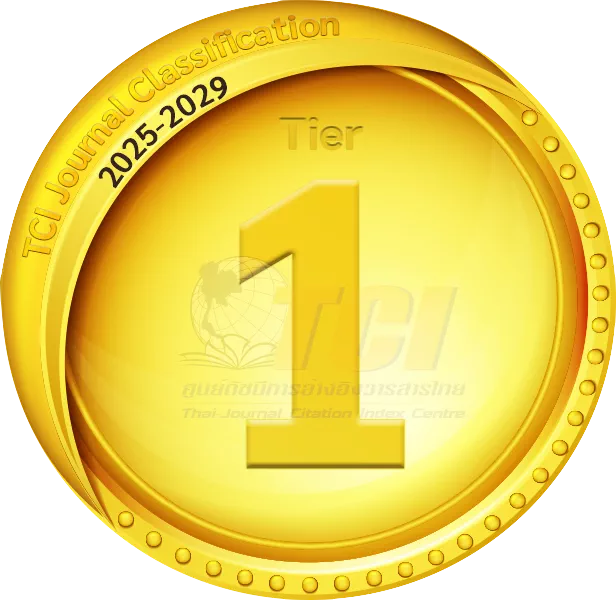A Correlational-Comparative Study Of Self-Efficacy For Learning Chinese As A Foreign Language And Chinese Academic Achievement Of Grades 6-10 Students According To Their Chinese Language Proficiency Levels At A Trilingual International School In Samut-Prakarn, Thailand
Keywords:
Self-Efficacy for Learning and Performance, Chinese Academic Achievement, Social Cognitive Motivation for Learning Theory, International Baccalaureate (IB), Chinese Proficiency Levels (Phase 3, Phase 4 and Phase 5)Abstract
The purpose of this study was to determine the relationships between self-efficacy for learning Chinese as a foreign language and Chinese academic achievement in four different criteria of Chinese class Phase 3, Phase 4 and Phase 5 (Grade 6-10 student groups) that were divided according to their Chinese language proficiency level, The four criteria were comprehending spoken and visual text, comprehending written and visual text, communicating in response to spoken, written and visual text, and using language in spoken and written form. An adapted version of Motivated Strategies for Learning Questionnaire by Pintrich, Smith, Garcia and McKeachie (1991) was used to collect data from a total of 167 students. The researcher compared the self-efficacy for learning Chinese as a foreign language in Phase 3, Phase 4 and Phase 5 students during the first semester of academic year 2017-2018. Descriptive statistics (means and standard deviations) and inferential statistical procedures (Pearson product-moment correlations and one-way ANOVA tests) were used to analyze the data for this research study. The research found that Chinese proficiency Phase 3, Phase 4 and Phase 5 level students had high levels of self-efficacy for learning Chinese; furthermore, it was found that the level of students’ self-efficacy for learning Chinese correlated significantly with students’ Chinese academic achievement. Recommendations for practice and future research are provided.
Downloads
Published
How to Cite
Issue
Section
License
The submitting author warrants that the submission is original and that she/he is the author of the submission together with the named co-authors; to the extend the submission incorporates text passages, figures, data, or other material from the work of others, the submitting author has obtained any necessary permission.
Articles in this journal are published under the Creative Commons Attribution License (CC-BY What does this mean?). This is to get more legal certainty about what readers can do with published articles, and thus a wider dissemination and archiving, which in turn makes publishing with this journal more valuable for you, the authors.



